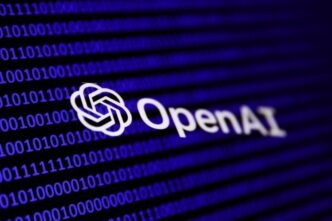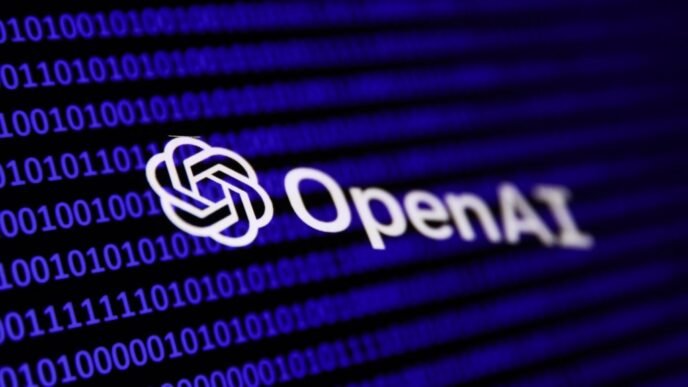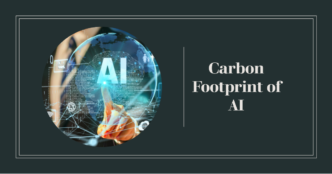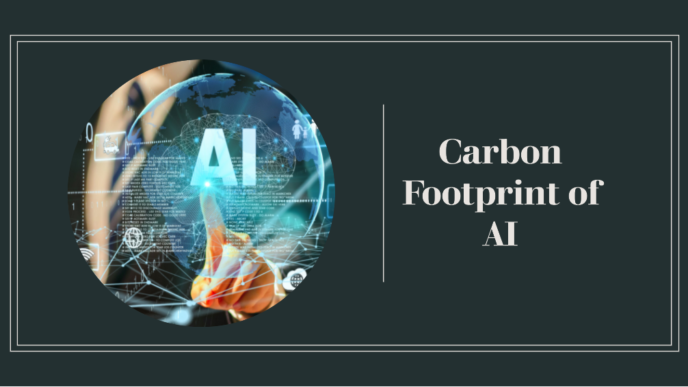What is the Model Context Protocol in AI?
The world of Artificial Intelligence (AI) has seen tremendous growth in recent years, with advancements in areas like Natural Language Processing (NLP), Computer Vision, and Machine Learning. As AI becomes more pervasive in our daily lives, it’s essential to understand how these intelligent systems interact with each other and the data they rely on. Enter the Model Context Protocol (MCP), an open standard that enables developers to build secure, two-way connections between their data sources and AI-powered tools.
What is the Model Context Protocol?
The Model Context Protocol (MCP) aims to standardize AI tool integration, potentially simplifying development and enabling more capable AI assistants. Think of it like a USB-C port for AI applications – allowing different systems to communicate seamlessly with each other, regardless of their underlying architecture or programming language.
In an era where AI is becoming increasingly ubiquitous, the need for standardized communication protocols has never been more pressing. With MCP, developers can focus on building innovative AI-powered applications rather than worrying about how to integrate them with other systems. This standardization will not only simplify development but also foster a more collaborative and open ecosystem for AI innovation.
Benefits of Model Context Protocol
By adopting the Model Context Protocol (MCP), developers and organizations can enjoy numerous benefits, including:
Improved Security: By establishing secure connections between AI-powered applications and data sources, MCP reduces the risk of data breaches and unauthorized access.
Simplified Development: With a standardized protocol in place, developers can focus on building innovative AI-powered applications rather than worrying about how to integrate them with other systems.
Increased Interoperability: MCP enables seamless interaction between different AI-powered applications and data sources, fostering a more collaborative and open ecosystem for AI innovation.
Faster Time-to-Market: By streamlining the development process and reducing integration complexities, developers can bring their AI-powered applications to market faster.
How Does Model Context Protocol Work?
The Model Context Protocol (MCP) enables two-way communication between AI-powered applications and data sources. Here’s a high-level overview of how it works:
1. Data Sources: AI-powered applications and data sources establish secure connections using the Model Context Protocol.
2. Contextualization: Applications provide context to Large Language Models (LLMs), enabling them to understand the nuances of human communication.
3. LLM Processing: LLMs process user input, taking into account the provided context, to generate intelligent responses or perform tasks.
4. Feedback Loop: The Model Context Protocol enables feedback loops between AI-powered applications and data sources, ensuring that both parties are updated in real-time.
What’s Next for Model Context Protocol?
As the adoption of AI-powered applications continues to grow, it’s essential to ensure that these systems interact seamlessly with each other and the data they rely on. The Model Context Protocol (MCP) is poised to play a critical role in this process, enabling developers to build secure, two-way connections between their data sources and AI-powered tools.
With MCP, we can expect:
Wider Adoption: As more organizations adopt the Model Context Protocol, we’ll see a proliferation of AI-powered applications that can seamlessly interact with each other.
New Use Cases: The standardized protocol will enable developers to build innovative AI-powered applications that were previously impossible or impractical.
Increased Innovation: By simplifying development and reducing integration complexities, MCP will foster a more collaborative and open ecosystem for AI innovation.
In conclusion, the Model Context Protocol (MCP) is an open standard that enables secure, two-way connections between AI-powered applications and data sources. With its ability to simplify development, improve security, and increase interoperability, MCP has the potential to revolutionize the way we interact with AI-powered systems. As the adoption of AI continues to grow, it’s essential for developers to understand how this protocol works and how they can leverage it to build innovative AI-powered applications.











